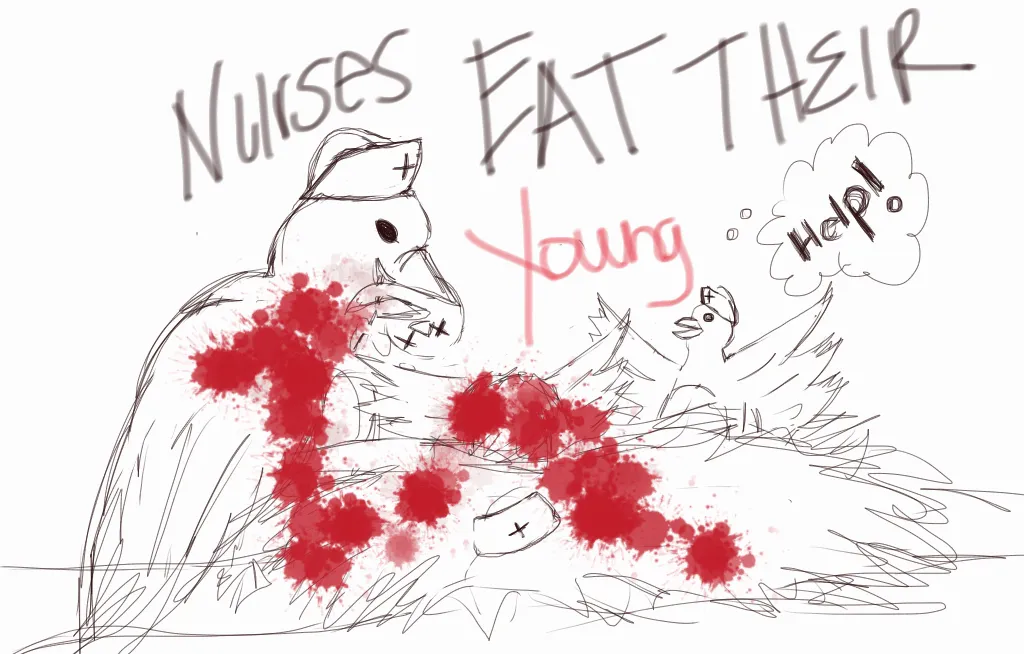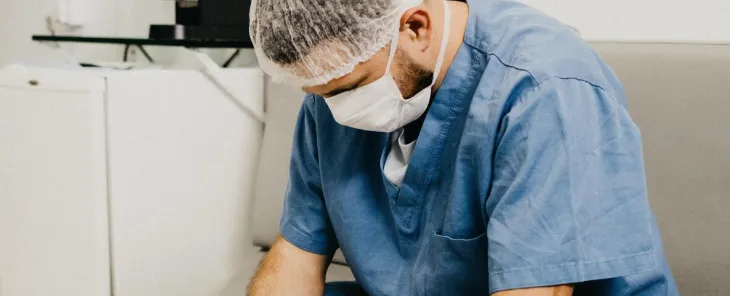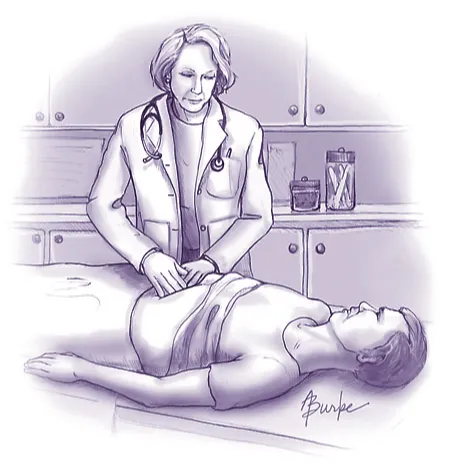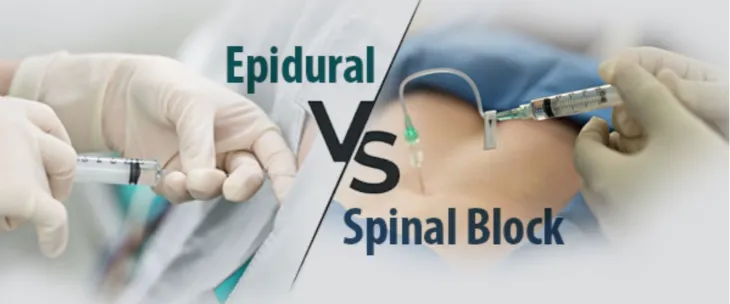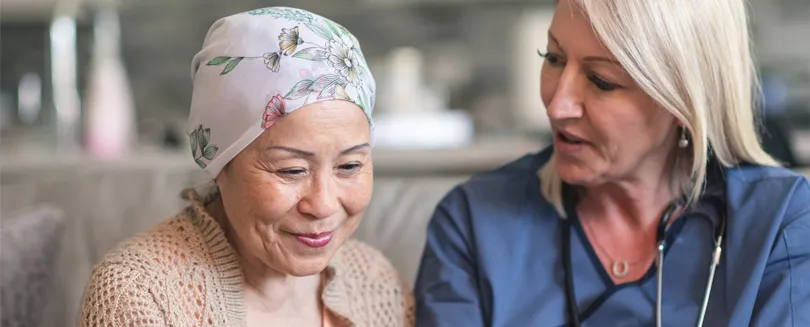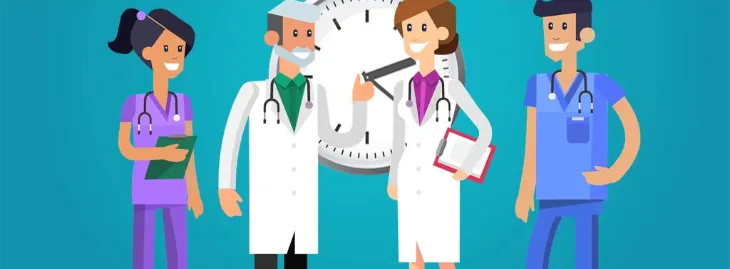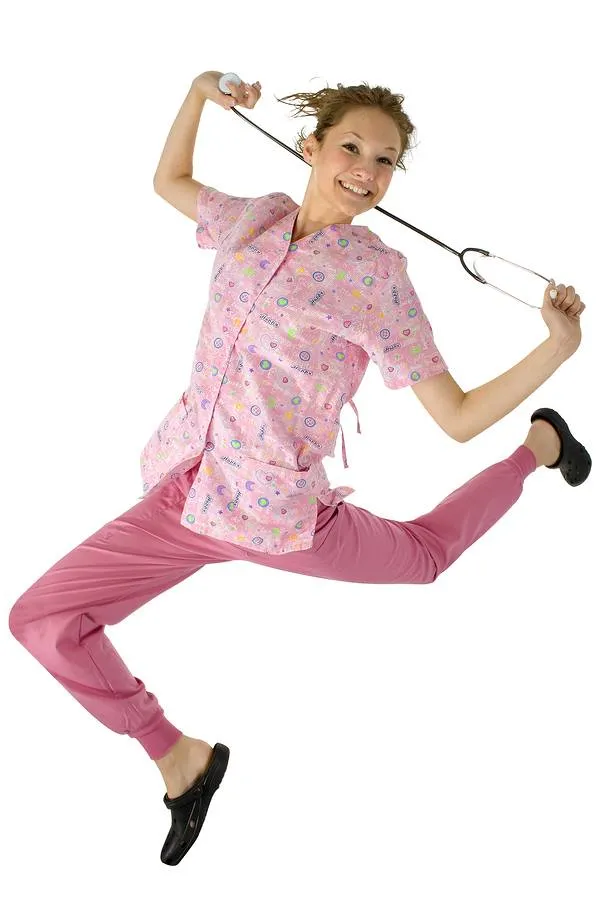Acute Care Journal of Nursing

The Effect of Increased Nurse-to-Patient Ratios in Hospitals and Skilled Nursing Facilities Related to Patient Falls and Pressure Injuries
Tags: acute care falls Nurse-to-Patient Ratios Patient Falls patient outcomes Pressure Injuries work environment
There has long been a debate between healthcare administration, politicians, payers and nurses on the issue of safe staffing and the effect of nurse-to-patient ratios in hospitals and Skilled Nursing Facilities (SNF). The purpose of this paper is to review research articles related to the effect of nurse-to-patient ratios at hospitals and SNFs on the fall rate and pressure injury rate of patients. It is the hypothesis of this paper that there will be a positive effect for patients related to the improved nursing ratios. Upon reviewing five solid research articles, as listed in the later part of this paper, the hypothesis is supported by solid evidence that both pressure injuries and fall rates of patients in the hospitals and SNF settings are directly improved by increased nurse staffing. The recommendation made from this review is that states improve regulations for hospitals and SNFs to increase and maintain adequate nurse staffing as it has a direct positive effect on patient outcomes.
Read More →
Who Will Be Left to Care for You?
Tags: acute care care coronavirus COVID-19 healthcare workers nurse workload nursing Pandemic
It is sadly too late to help many our front line healthcare workers who have contracted the deadly COVID-19 virus. We need to find a way to help the rest NOW in order to save their lives and in turn they can save your life.
Read More →
The Importance of Educating in Real-Time
Tags: acute care critical thinking educating nursing education patient care patient safety perioperative teaching
Working in the acute care hospital, provides many opportunities to learn. As healthcare workers, we must recognize and act quickly on any situation that puts a patient at risk. A recent situation occurred in the hospital that required both the need to act and to provide education in real-time.
Read More →
Do nurses really understand Advanced Health Care Directives?
Tags: acute care Advanced Health Care Directives advocate AHCD AHCD education health nurse
As a Nursing Supervisor, I have witnessed many problems associated with patients Advanced Health Care Directives (AHCD). On many occasions, patients are asked about AHCD when their medical condition worsens, leaving education of AHCD lacking and often put to the family to make end-of-life decisions. Both nurses and patients have verbalized not understanding AHCD. At the local hospital not only have many nurses acknowledged not understanding their role and responsibility about AHCD, but they also do not really have a good understanding themselves of what AHCD are; therefore, they do not feel comfortable educating patients and families about this vital healthcare issue. Research shows that providing AHCD education is effective in changing not only the treatment preferences of patients, but their attitudes toward end-of-life health care (AHRQ, 2003). There was an eminent need to look into this problem at the local community hospital.
Read More →
Videos, Bells and Whistles; Fall Risk or Injury Prevention?
Tags: acute care fall fall prevention falls hip fracture injury litigation prevention risk
The term “Never Event” is not friendly. Never events consist of 28 occurrences on a list of inexcusable outcomes in a healthcare setting. They are defined as "adverse events that are serious, largely preventable, and of concern to both the public and healthcare providers for the purpose of public accountability.
Read More →Get Published for Free
Browse by Tag
advocate aging anesthesia behavior cardiac care Case Study child children clinical compassion COVID-19 critical care death diabetes disease education emergency department end of life ethical principles ethical values ethics future of nursing health health care ICU medication mental health nurse Nurse Education nursing nursing education nursing ethics nursing faculty nursing school nursing students PACU patient care patient outcomes patient safety pediatric poem profession risk factors stress student nurse students teaching therapy treatment
Most Popular Last Month
More from RN Journal
Nursing and a Broken System
The Effect of A Neurological Training Module On The Competency of Neurocritical Care Staff Nurses
Clinical Decision Support Need for Standardization
Asymptomatic Bacteriuria: The Question for Treatment
Introducing De-escalation Techniques in Nursing Education
Reflections of Nurse Educator
A Reflection on Authentic Leadership
Managing wounds in the home
Advocating for the Vulnerable: Upholding Core Values in Healthcare and Education
